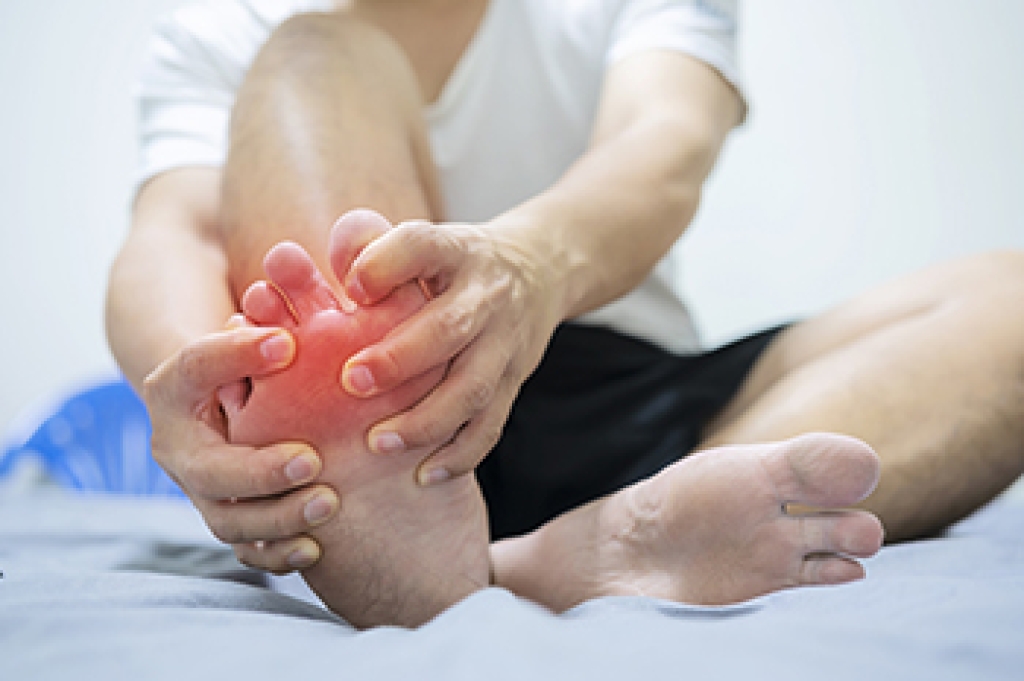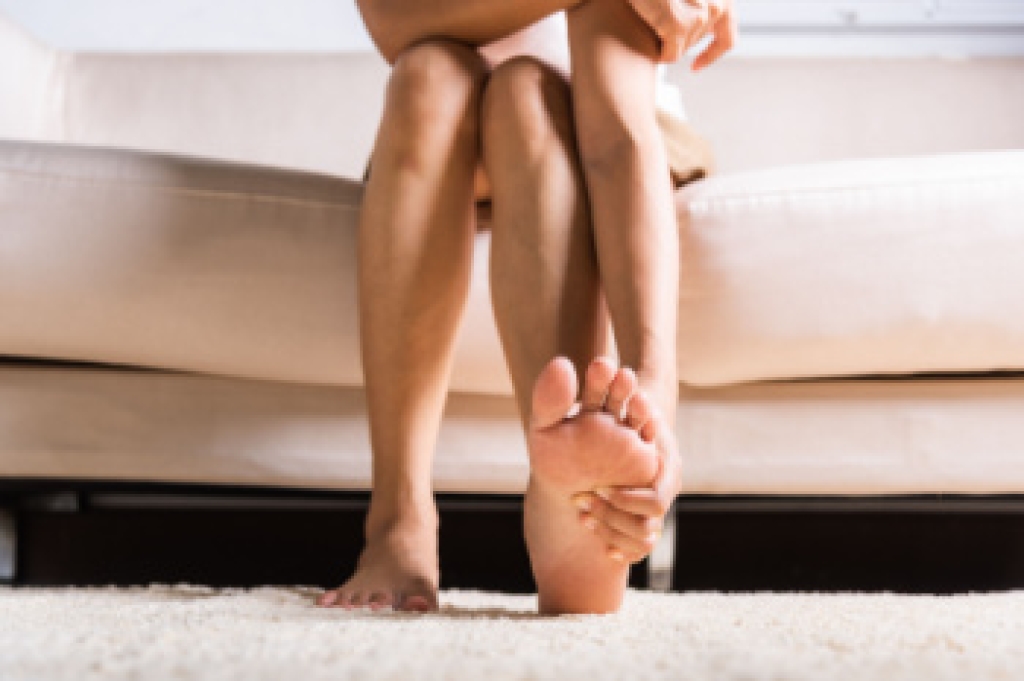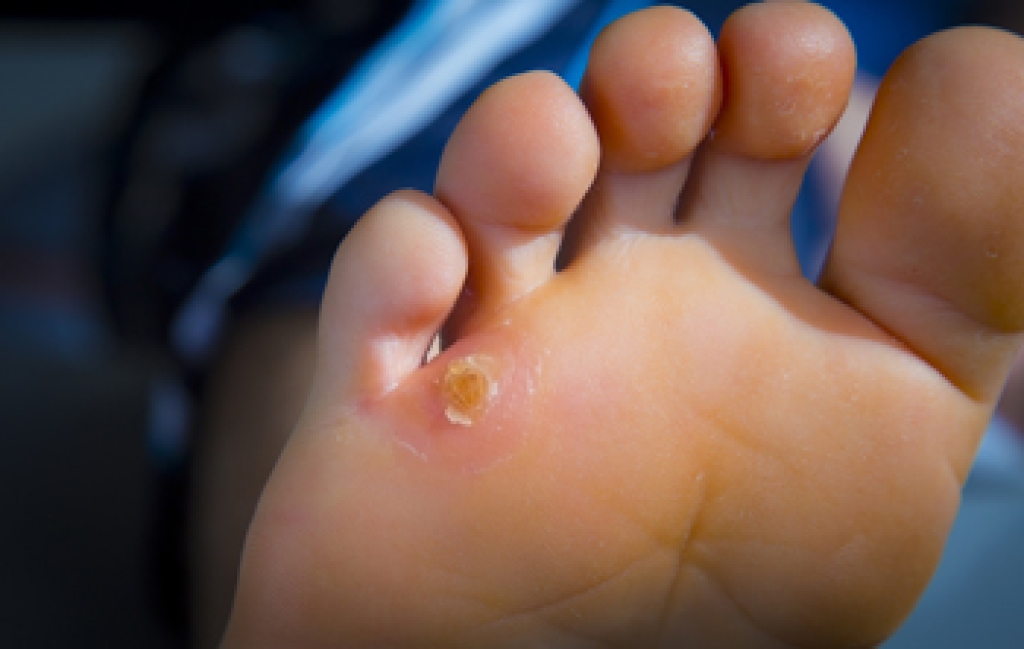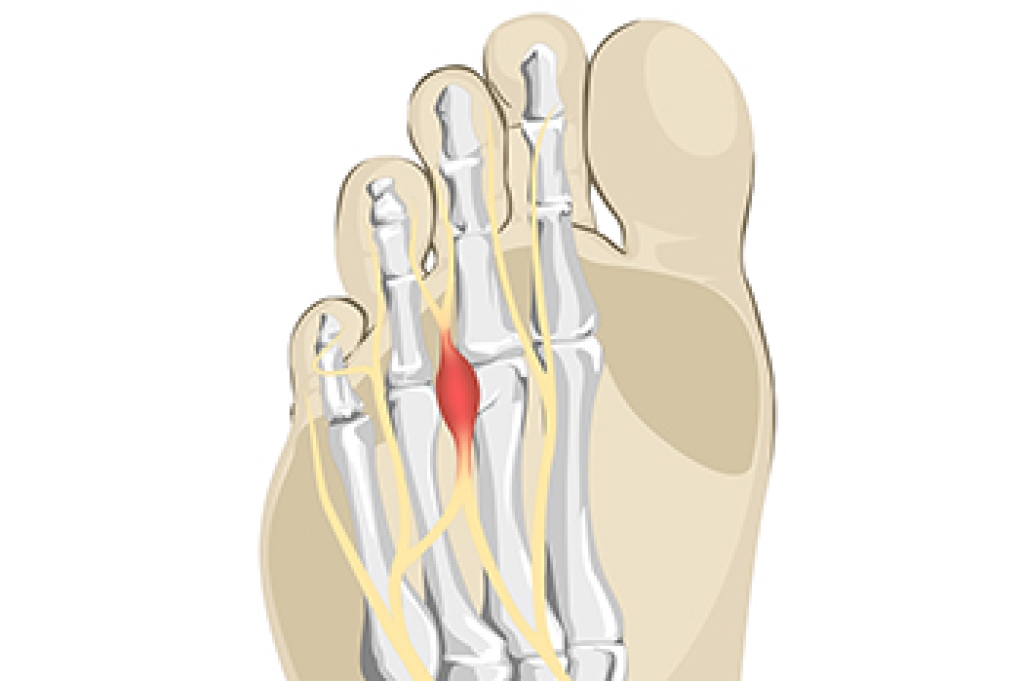
Pseudogout is a joint condition that can cause sudden pain and swelling in the feet and ankles. It occurs when calcium pyrophosphate crystals collect in the joints, leading to inflammation that can feel similar to gout. While both conditions involve crystal buildup, gout is caused by uric acid crystals and often targets the big toe, whereas pseudogout typically affects the ankle or midfoot and involves different minerals. The pain from pseudogout may come on quickly and can limit movement, making walking difficult. It tends to affect older adults, especially those with osteoarthritis or joint trauma. Diagnosis often requires imaging and lab tests to confirm the type of crystals present. Treatment for pseudogout include anti-inflammatory medication, joint aspiration, and lifestyle changes to reduce flare-ups and manage symptoms. If foot or ankle pain appears without warning and does not improve, it is suggested that you visit a podiatrist for proper evaluation and treatment.
Arthritis can be a difficult condition to live with. If you are seeking treatment, contact Kent DiNucci, DPM from Ankle and Foot Clinic . Our doctor can provide the care you need to keep you pain-free and on your feet.
Arthritic Foot Care
Arthritis is a term that is commonly used to describe joint pain. The condition itself can occur to anyone of any age, race, or gender, and there are over 100 types of it. Nevertheless, arthritis is more commonly found in women compared to men, and it is also more prevalent in those who are overweight. The causes of arthritis vary depending on which type of arthritis you have. Osteoarthritis for example, is often caused by injury, while rheumatoid arthritis is caused by a misdirected immune system.
Symptoms
- Swelling
- Pain
- Stiffness
- Decreased Range of Motion
Arthritic symptoms range in severity, and they may come and go. Some symptoms stay the same for several years but could potentially get worse with time. Severe cases of arthritis can prevent its sufferers from performing daily activities and make walking difficult.
Risk Factors
- Occupation – Occupations requiring repetitive knee movements have been linked to osteoarthritis
- Obesity – Excess weight can contribute to osteoarthritis development
- Infection – Microbial agents can infect the joints and trigger arthritis
- Joint Injuries – Damage to joints may lead to osteoarthritis
- Age – Risk increases with age
- Gender –Most types are more common in women
- Genetics – Arthritis can be hereditary
If you suspect your arthritis is affecting your feet, it is crucial that you see a podiatrist immediately. Your doctor will be able to address your specific case and help you decide which treatment method is best for you.
If you have any questions, please feel free to contact our office located in Omaha, NE . We offer the newest diagnostic and treatment technologies for all your foot care needs.




